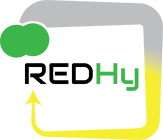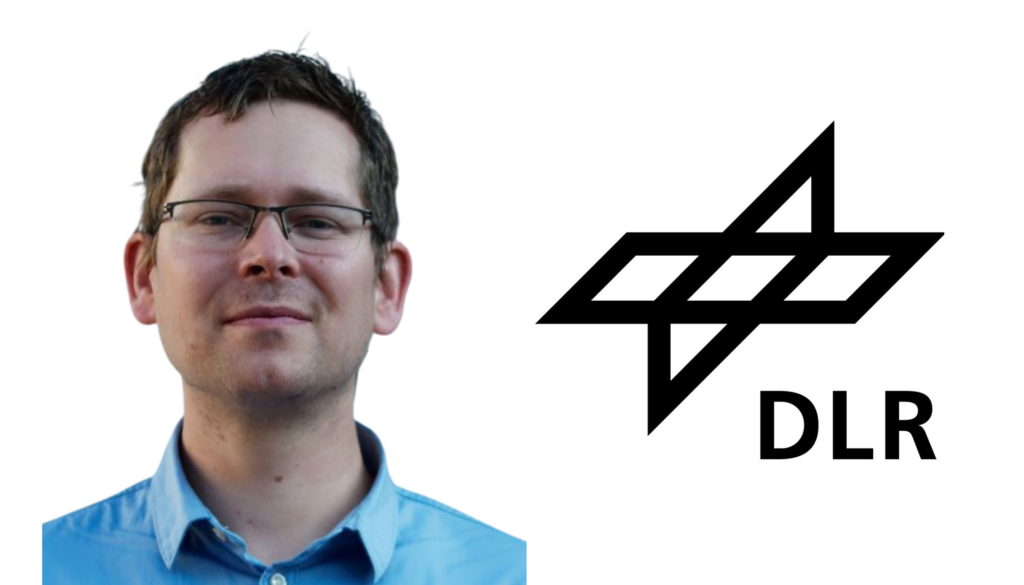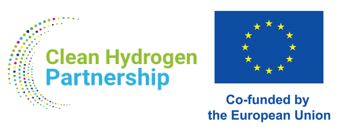Tobias Morawietz is the coordinator of the REDHY project and has already gained a lot of experience in the field of hydrogen and electrolysis in the past. Starting at Esslingen University of Applied Sciences together with DLR, in the INSIDE project he developed analysis techniques for various electrolysis technologies. Tobias Morawietz mainly used atomic force microscopy methods to clarify the structure and changes during operation. Alternative electrolysis technologies, such as urea electrolysis, were and are still of interest to him. The development of large electrolysis AEM stacks and the associated technologies in the EU HyScale project are also in focus. The combination of these experiences will now be applied in the REDHy project to overcome the disadvantages of current technologies and enable clean, CRM and fluoride-free hydrogen production.
What was your original motivation to become a researcher/project manager?
My motivation to become a scientist has always been the urge to develop new materials or functions to make people’s lives safer and independent from technologies that destroy the earth. Starting with a combination of bio- and nanotechnology, my further path turned completely to hydrogen technologies, which should have the biggest impact on our everyday life. With the REDHy project and especially as coordinator in the project, I am pleased to present a further development of electrolysis technologies, which should be a big step forward to a sustainable European future.
What is your (main) research area today?
My main area of research is all kinds of electrolysis technologies, with AEM technology and alternative technologies being particularly important. PEMWE and alkaline electrolysis are already mature enough that research in the other technologies is more relevant. I am also very interested in structural elucidation with the atomic force microscope and development of new analysis methods in these technologies.
What is the main focus of your team in REDHy?
DLR will take over the design and operation of the stack in cooperation. This will deviate from standard designs in order to develop a cost-effective and stable variant that offers clear advantages over electrolysis technologies that correspond to the current state of the art. The system around the stack is also being developed by DLR. This system will then be investigated and modeled at DLR for performance and continuous operation. DLR will also be responsible for coordination.
Could you describe your favourite moment/satisfaction when working for the project and – more in general – for your organisation?
For now, the meeting with the project partners and the further elaboration of the work plan of this exciting project was the most enjoyable for me. I am looking forward to further cooperation with the best project partners for this project.
How do you expect REDHy results will affect your organisation and the energy storage sector?
The results that can be expected from this project will have a lasting influence on future research at our institute, as further research will be carried out in this direction.
Which partner would you like to nominate next for this coffee break?
CENMAT


